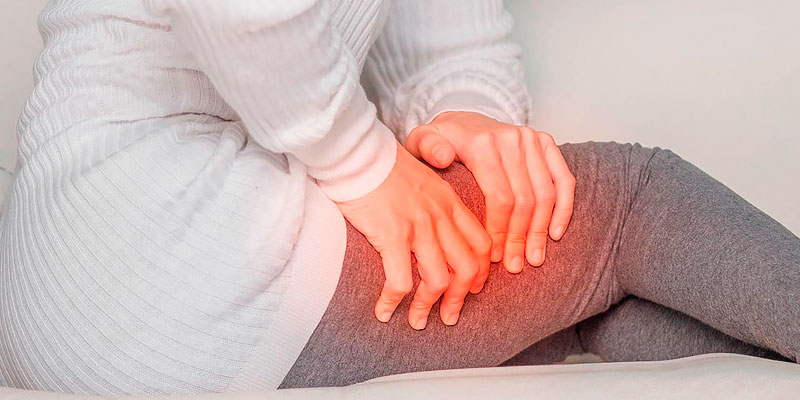There are many possibilities. While nutritional deficiencies are likely, I look first to body mechanics. Often a long-standing or undiagnosed misalignment in the hips/pelvis will cause lower leg cramps.

Even a misalignment in your shoulders and upper back can lead to lower leg cramps.
A good chiropractic or osteopathic adjustment can work wonders for that. A common cause for these kinds of cramps is improper body mechanics during exercise. Your gait may be off. You may not have the proper kind of walking shoe for your body. Your posture may not be in good alignment and walking may exaggerate that. You can check body mechanics with your personal trainer, chiropractor, osteopath, Alexander technique practitioner or cranial sacral/ zero balance therapist.
Muscle cramping related to exercise might be a result of imbalance in the body’s electrolyte balance – minerals such as potassium, calcium and magnesium.
Taking a good green drink helps with this. Plus, a good multi-mineral supplement can work well. I favor a coral calcium mixture that contains magnesium and potassium plus trace minerals. A vitamin E deficiency can also cause muscle cramps.
Related to electrolyte imbalance is making sure that you stay well hydrated during exercise as well as throughout the day. Dehydration is one common cause of muscle cramps. Unless you are an endurance athlete, plain cool water is the preferred fluid replacement during exercise. Drink enough water before, during and after exercise but be careful not to over-hydrate during exercise.
Although basic exercise hydration guidelines can be followed, it is too easy to over-hydrate (hyponatremia – a problem resulting in disturbances in the fluid electrolyte balance which may result in serious neurological responses) and recommend a formula for determining sweat rate and the appropriate amount of fluid consumption during exercise.
Drinking too much or too little during exercise can cause problems and you should be aware of your own fluid needs during exercise. The actual amount of water consumed during exercise should be based on an individual’s sweat rate. To determine sweat rate weigh yourself before and one hour after exercise. Subtract the post-workout weight from the pre-workout weight. Then add in the amount of fluid consumed during the workout. This equals the hourly sweat rate.
A loss of 1 pound of body weight is equivalent to 16 ounces of fluid. If you lost one pound during a workout and drank 16 ounces during the workout then your hourly sweat rate is 32 ounces. That means you should drink 8 ounces every 15 minutes. A weight gain from pre to post workout means that you have over-hydrated either before or during the workout.
In addition to maintaining proper hydration during exercise, it is important to avoid over-hydration before exercising. To maintain good hydration throughout the day, drink 1/2 ounce of water per pound of body weight during the day.
Muscle cramps are also related to acid/alkaline balance. An acidic body is likely to feel achy and crampy after physical exertion. To find out if you are acidic, get some pH paper and test your morning urine.
Exercise results in lactic acid and if you are already acidic an increase in lactic acid can trigger muscle cramps and achiness. It helps to shower after you exercise. When you sweat you are eliminating acids from your body and if you don’t shower these acids can be reabsorbed.
Unaccustomed physical exertion by itself can be a cause of muscle cramping. Be sure that you are allowing the muscle to have sufficient rest and recovery time between exercise sessions. Plus, there are a number of conditions and illnesses related to muscle cramping including: restless leg syndrome; hormone imbalance; fibromyalgia; allergies; hypothyroidism; varicose veins; anemia and arthritis. Check with a medical doctor for diagnosis of these conditions.
